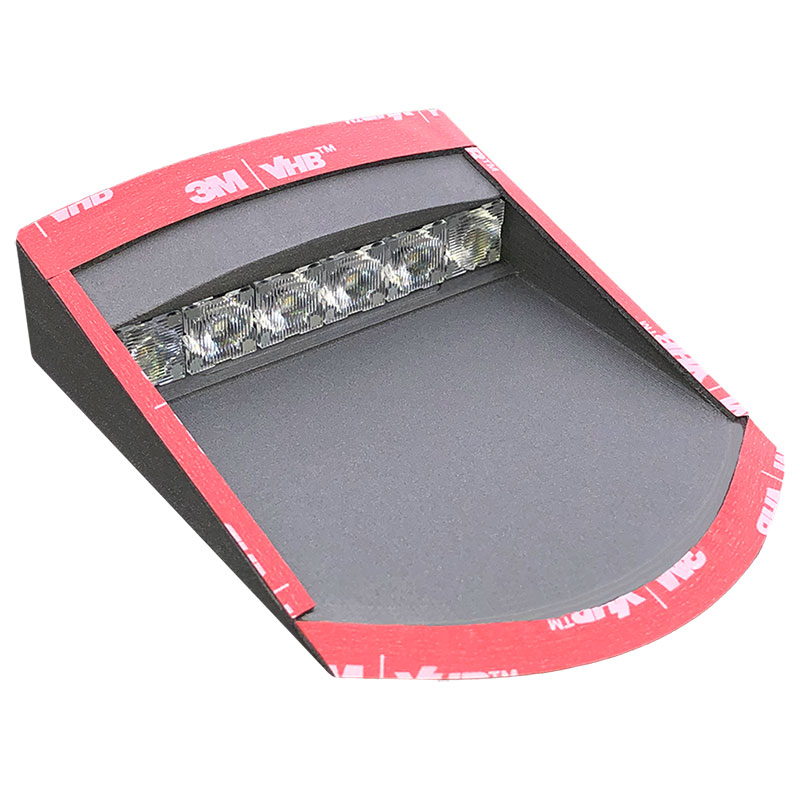
The majority of sailplanes in Australia are ‘certified’. This means that a regulatory authority has checked that the sailplane design complies with an appropriate design standard, typically CS-22 ‘Certification Specifications for Sailplanes and Powered Sailplanes’. This gives a high degree of assurance that the safe to use in conditions that could be reasonably expected to occur.
Any alterations to the design of the sailplane i.e. modifications, must be checked to ensure that they meet the design standard. Many people find it disappointing that they can’t legally alter their sailplane to suit themselves without outside approval. In some cases the changes are approved by the sailplane manufacturer and published as Service Bulletins or Technical Notes. Individual cases may be approved by a CASA approved engineer and published as an Engineering Order.
As new technologies emerge, Gliding Australia can approve many minor changes to sailplanes in MOSP 3. Section 18 of MOSP 3 has been recently updated to approve the installation of new technologies.
Visual Awareness Lights
Visual awareness lights are streamlined shapes that are mounted on the upper/lower side of the fuselage, the aircraft nose or wing tips, and devices that are installed on the inside of the canopy facing forward (cockpit flashers). They are not certified anti-collision lights like those fitted on light aircraft.
There are now a wide range of visual awareness lights for sailplanes. Many of these light systems can be integrated with Flarm devices. The lights flash slowly during normal use but flash faster and brighter when there is a Flarm alert.
MOSP 3 Section 18.8 gives approval to fit visual awareness lights provided the specified requirements are met. Particular care must be taken if installing a cockpit flasher to ensure that there is no interference with closing and locking the canopy and must allow the canopy to be jettisoned in an emergency.

Lithium Ferrous Phosphate Batteries
There are now a wide range of Lithium based battery chemistries available. Lithium batteries offer more electrical power whilst being lighter. Whilst some Lithium chemistries offer very high power densities, Lithium Ferrous Phosphate (LiFePO4) chemistry is currently considered to be the safest because it has a requires the highest temperature before a thermal runaway is started. Also, if a thermal runaway is started, the battery will not start to burn. However, the battery will produce a large volume of toxic smoke.
Using a Lithium Ferrous Phosphate battery will either reduce the weight in the fuselage for the same electrical power, or increase the available electrical power for the same battery weight. However, these benefits come with a downside. An appropriate battery charger must be used. Mishandling and dropping the battery greatly increases the risk of a problem either in flight or during recharging. If dropped or damaged, these batteries must be removed from service and marked as unserviceable. Given the cost of these batteries, placing the battery on the wing and having it slide off is an expensive mistake.
Previously specific Fusion brand Lithium Ferrous Phosphate batteries have been approved for use. MOSP 3 Section 18.11 gives approval to replace sealed lead acid batteries with any brand of Lithium Ferrous Phosphate batteries for instrument power provided the specified requirements are met.
The Daily Inspection Manual has also been updated to include awareness of Lithium Ferrous Phosphate batteries.
By Anthony smith
Chair Airworthiness department































